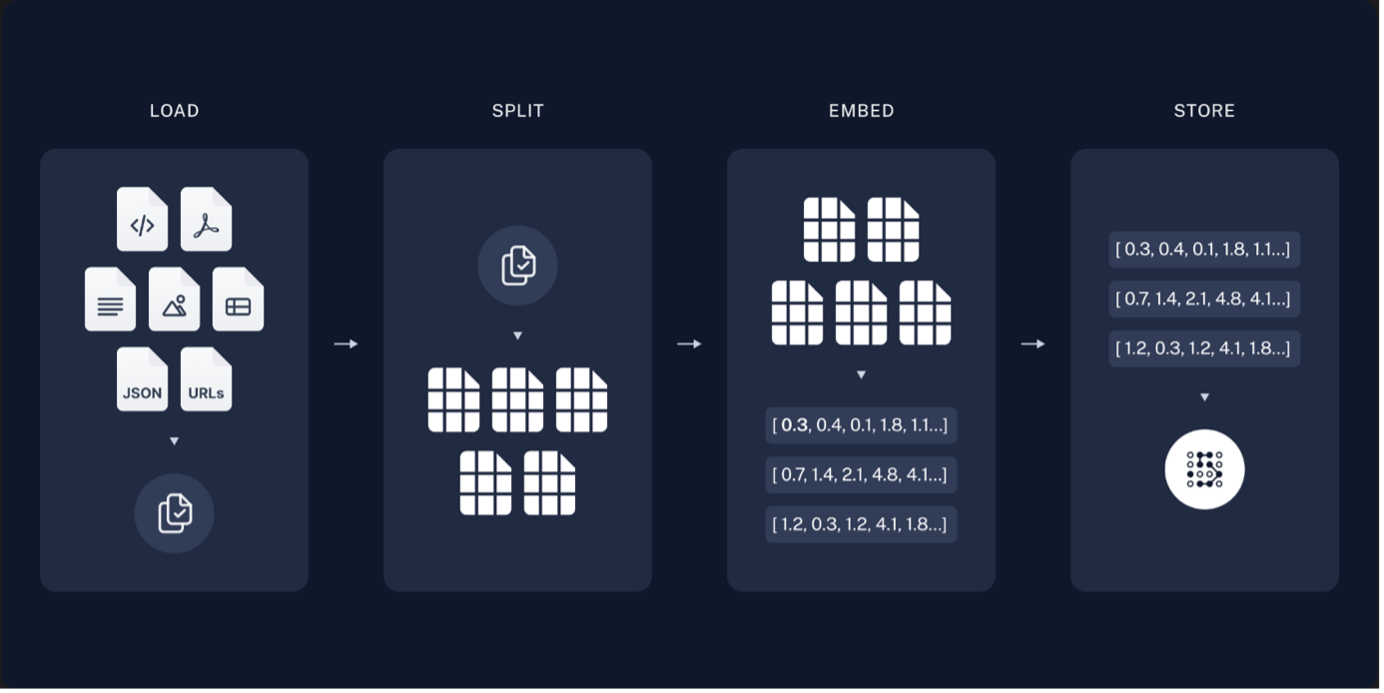AI-Powered Chatbots: How RAG Technology is Transforming Everyday Communication
Effective communication in today's fast-paced world is more important than ever. From transforming the way businesses and people interact, question-answer tools have evolved to become integral components of customer service, healthcare, finance, and more. Over the past few years, chatbots have become very significant in modern communication for efficiency, accessibility, and personalization. This transformational technology, known as Retrieval-Augmented Generation (RAG), helps chatbots produce responses that are more dynamic and relevant.
What is Retrieval-Augmented Generation?
RAG is an information retrieval-natural language generation hybrid, putting together all the intelligence in a single system while going beyond traditional chatbots, which work to a tight, predefined workflow along scripted dialogues. That means systems of RAG dynamically retrieve relevant data and generate context-aware responses that match what each user needs to be told.
This hybrid nature is what allows a chatbot to engage in conversations that are more interactive, human-like, and adaptive to time-critical actions that are guided by a user's unique needs and questions. But how does RAG work? A Breakdown:
- Indexing:
- Ingesting Information: This involves feeding the system several different sources of data, such as FAQs, medical records, financial documents, or product information.
- Breaking the Content: Large documents are broken into manageable parts to ensure quick retrieval and accuracy.
- Storing Information: The splits are stored in a VectorStore, which is a type of database that is designed to provide fast access to the most relevant data.

- Retrieval and Generation:
- Data Retrieval: Within seconds of a query, the system retrieves the most relevant chunks of information based on context and relevance.
- Generating Responses: The chatbot uses advanced language models to generate consistent, contextual, and accurate responses, making the conversations fluid and personalized, thereby increasing user engagement and satisfaction.

For those interested in diving deeper into AI-powered chatbots and Retrieval-Augmented Generation (RAG) technology, please visit the official LangChain documentation website https://python.langchain.com/docs/introduction/ . You can also refer to the diagram included in this blog post, which visually illustrates how these technologies work together to transform communication.

Benefits of Chatbots in Communication
Chatbots, especially those using RAG, offer several benefits that are highly useful for communication in many industries:
- 24/7 Availability: Support is available around the clock, at any given moment, so that users find assistance when it's needed during the implementation process either at 3 AM or 3 PM.
- Scalability: Chatbots can handle multiple simultaneous interactions and are crucial for many industries, like online sales, finance, and customer care, where handling volumes of queries makes all the difference.
- Cost Efficiency: The automation of routine tasks with chatbots reduces the need for large customer support teams, saving companies significantly. Resources can also be utilized much better on human employees for more complex problems.
- Personalization: In relation to their analysis of the information they collect from users and the context, chatbots can deliver personalized responses based on what each user requires. Such an approach allows interactions to be more interactive and relevant to each different person.
- Consistency: Chatbots ensure uniformity in messaging and information delivery. They don’t get fatigued or inconsistent, thus providing reliable communication every time.
Limitations and Challenges of Chatbots
Though chatbots offer many benefits in communication, they, too, have their own set of challenges:
- Understanding Complex Contexts: Even with the advancement of AI, sometimes a chatbot can fail to understand subtle language or complex multi-layered requests. It may misunderstand vague or context-heavy questions.
- Building User Trust: In sensitive domains like healthcare and finance, users may hesitate to share personal or confidential information with a machine. It is essential for these chatbots to have robust security measures and clear data usage policies to help build user trust.
- Over-reliance on Automation: Even though chatbots provide a prospective application for handling most of your communications, there are still some cases that need human intervention when empathy, emotional intelligence, or deep understanding is concerned. Excessive use of chatbots can dilute the human touch, especially in areas like healthcare and customer complaints.
Conclusion/Future of Chatbots
The future of chatbots is very bright. Advancements in AI and machine learning push boundaries for what these systems can do: better and more complex chatbots, managing deeper conversations. A shrinking boundary between human communication and AI-driven assistance is notable as those chatbots know how to better grasp emotionally nuanced interactions.
From these, organizations and businesses will always depend on the use of chatbots as they continue to realize efficiency and, hence, improve aspects related to customer experience. Results are expected to become even more prominent in both digital and face-to-face communication.
Chatbots revolutionize contemporary communication by offering an easy way to ensure personal support efficiency across a broad scope of industries. With technologies like Retrieval-Augmented Generation, virtual assistants can now be powered with dynamic, context-aware interactions that can improve user experience and operational efficiency at the same time. They will achieve this as they develop to meet the growing demands on AI technology, proving themselves increasingly more crucial communication bridges in this connected world of ours. Ensuring efficiency in speed, accuracy, and personalized support guarantees that chatbots will become indispensable tools for businesses and individuals alike.
Chatbots are destined for better and more profound roles with continuous improvement and will change the path of communication in the world of digitization.

Chirag Bharadwaj | RIEPL
November 05, 2024

